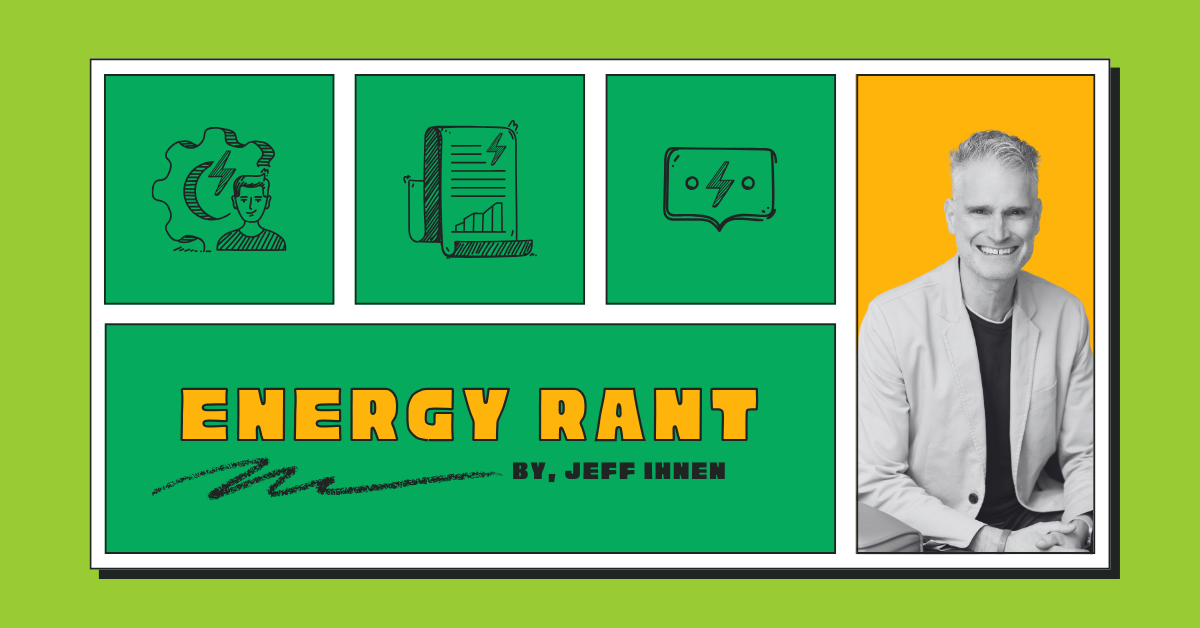
A few weeks ago, I observed a webinar [1]sponsored by the Advanced Energy Economy to help me triangulate what the next great trend(s) might be. That meshed well with the electric vehicles (EV) post of last week and this week. The webinar featured two electrification apostles and two critics. The apostles led off with the no-brainerisms of the EV. The economics are hysterically bullish. It costs a tiny fraction to power personal transportation with electricity, primarily through cheap renewable energy, versus petroleum-based fuels. Point taken.
Technological Determinism
Later, when the critics came onto the scene, one of them noted that since 1897 the EV would be the next big thing, and if the battery were perfected, people would buy. One critic warned against what eggheads coined, “technological determinism,” that is, if we put X on the market, Y will result.
As an example of technological determinism, The Wall Street Journal reported that the web-based “ride-hailing” industry (Uber and Lyft) would relieve traffic congestion as riders would rideshare in vehicles, like little buses. Ha, haha. Somebody should have told the customers. I thought these companies merely represented a more-convenient, less-expensive, smart-phone-enabled, and faster alternative to the municipally controlled[2] taxi industry.
That is an excellent example of technological determinism. I don’t understand why the ride-hailing industry claimed reduced traffic congestion. It’s every woman for herself! I got mine! Right? It isn’t as though they needed to convince city councils their enterprise would relieve traffic congestion.
Understand the Market
Once our industry realizes that:
- Most people believe climate change is a threat,
- but they aren’t willing to personally act in a meaningful way,
- and they would if it were more convenient and maybe cost less,
…then things will happen.
Do you think coal plant closures have accelerated to save the planet? Absolutely not. They were closed to save money or make more money. What about the compact fluorescent lightbulb? Nope. Replacement hassles were reduced by eighty or ninety percent. My brothers and nephews farm with giant hog barns scattered across half the Midwest. They bought CFLs by the case, and now they buy LEDs by the case to light those barns. Energy costs factored probably zero point zero to these transitions. It’s all about the reduced hassle of replacing burned out lights.
If you think people will flock to EVs based on reduced operating costs and saving the planet, you will be waiting a long time to get to Y.

Changing Minds
There are many tricks and strategies to change peoples’ minds. Folks naturally assume the brain responds to persuasion as objects in the physical world react to forces. For example, if they can’t get a car that’s beached on a snowbank unstuck by pushing, push harder. If that doesn’t work, cajole some suckers nearby to help. Not only is this the wrong approach for getting a car unstuck, it is the wrong approach to move minds.
The natural response to failure in changing minds is similarly, more of the same argument, right? Push harder! More facts. More figures. More data.
NO!
Consider a case of whether or not to respond to a request for a proposal. There has to be some combination of (1) an overwhelming force of credentials that perfectly match the scope of work, AND (2) personal insights or connections with the buying organization. If we have insufficient volumes of either of these, fuggedaboutit! The gap is too large to bridge. Pass.
Zone of Acceptance
You may not like this, but as I’ve said a million times internally, it’s not about you, the seller. It’s about them, the market and the individual. To transform the market from petrol fuel with internal combustion engines to EVs and batteries, the industry needs to shrink the gap, so people are willing to make the transition. Experts call this the “zone of acceptance.”
Here is an example: I started running about four times during high school and college. I’m a runner today so obviously, I was successful after a few failures to get started and stick with it. The key: start small, within the zone of acceptance. During my last year of college, I started running two miles every day. A two-mile saunter wasn’t painful, but it was enough to release endorphins for a runners high. It became an addiction to a good thing.
For the rank and file, switching from a car with an internal combustion engine – something they grew up with and with which they are 100% familiar and comfortable – to one with only a battery that may go dead while driving to work, or maybe a hassle to recharge somewhere, is far too big a leap.
Again, it doesn’t matter what you think or even what your experience has been. All the easy talk in the world (pushing) will not convert the rank and file.
Solution
The path to an EV world is the plug-in hybrid car with an internal combustion engine. If you are a purist, you may not like this, but too bad for you. You have to empathize with the market consisting of individuals who like what they have now.
Moreover, an EV with an IC engine is much more of a grid asset than an all-electric vehicle. That will be a story for a future post
[1] You may view the hour-long webinar here. You’re welcome.
[2] Cosa Nostra anyone? That’s what goes through my head every time I read the choking regulations inside a taxi cab.
